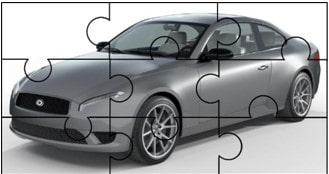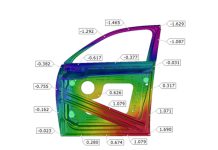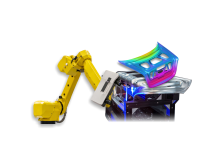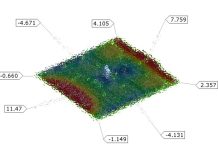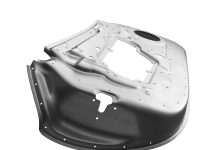2020 was a long year, and most of us spent more time indoors than we would have liked. I’ve noticed on social media that people have largely taken to assembling jigsaw puzzles to pass the time with their families. It’s a global pastime that dates back to the 18th century, with puzzles ranging in complexity from a few hundred pieces to thousands.
Seeing the puzzles that friends were assembling brought up a peculiar reminder of my days as an engineer in the automotive industry. I spent nearly 20 years at an OEM designing stamping tooling for major body panels of the vehicle. How great would it have been if all the stamped parts we created could be assembled as neatly as these 2D puzzle pieces? Imagine how stress-free life would have been if the first welded unit had perfectly-fitting gaps between parts and impeccable surface flushness.
When you think about it, every automotive stamper is in the business of making puzzle pieces. Complex three-dimensional puzzle pieces. Very rarely does a stamped part represent the final product. It has to be combined with other parts to form the final product. Of course, with the help of CAD, we have a perfect roadmap detailing how all of these puzzle pieces fit together. So why is it so difficult to accurately build these automotive “puzzles”?

To start, the average car has about 30,000 parts. That’s a big puzzle. The fundamental building block of the vehicle is the Body in White, which is the basic car body structure you get after welding all of the metal parts together. The typical BiW contains 300-350 components, held together by an average of 4500 spot welds. Again, blows your basic tabletop puzzle out of the water.
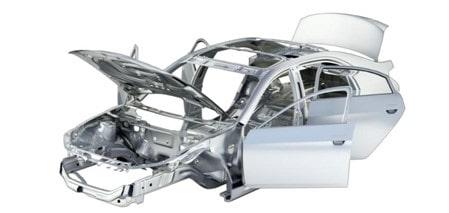
Additionally, a car body’s parts are not all made by the same manufacturer. Imagine if that perfectly-fitting jigsaw puzzle of 500 pieces contained pieces from 20-40 different manufacturers. I’m not so certain it would fit together as nicely.
Each manufacturer must deal with variations in their process: A new coil of steel means changes to material properties…leading to changes in part springback…which creates new part fit problems. A change in lubrication leads to variations in material flow…which alters the stresses and strains during forming…which can have an impact on springback…and…you get the idea.
There are myriad other factors that make part assembly challenging: tolerance stack-ups, gravity effects, part location and clamping strategy, to name just a few. The effects of hemming parts together can be challenging enough to overcome on its own. When you think about it, a CAD model exists in a vacuum – no outside physics have exerted influence on the geometry. If each manufactured part matched the CAD geometry with 100% accuracy, the assembled product would still contain inaccuracies because real-world physics have been introduced during the assembly process.
This can lead to many questions that require consideration: Where do the accuracy problems originate? Does one part have a bigger impact on the others? How should I compensate a part to improve the assembly accuracy? Should I take the accurate part out of tolerance to satisfy overall build quality targets?
AutoForm has some ideas to share on improving assembly accuracy. We want to help you build better puzzles. In future posts, we plan to provide some more details on how to make this possible.
